Positive Health Online
Your Country

The Memory Palace of Bones – Exploring Embodiment through the Skeletal System
by David Lauterstein(more info)
listed in bodywork, originally published in issue 280 - August 2022
I am excited to announce a forthcoming book authored by myself and Dr Jeff Rockwell. Its title is The Memory Palace of Bones with the subtitle exploring embodiment through the skeletal system. Why “The Memory Palace of Bones?” How could understanding the title of this book be in itself illuminating? Here is the story of how and why we came up with, and were inspired by, this title and the book that flowed from it.
My first book was on the anatomy, kinesiology, and roles of muscles in our lives. Putting the Soul Back in the Body: A Manual of Imagination Anatomy for Massage Therapists. was self-published in 1984. In it I wrote briefly about each major muscle of the body, drawing from anatomy, kinesiology and my own quirky associations.
During that time, I was beginning to study Zero Balancing with its founder, Dr Fritz Smith.
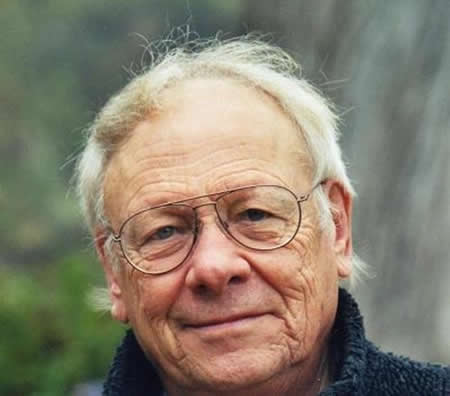
Dr Fritz Smith
Key to Zero Balancing is the knowledge that bones, far from being the inert objects we see in classrooms and books, are alive and vital to the health of the whole person. Since we are alive, we are conductors of energy as well as being coalescences of matter. Since the skeleton lies at our core, it is not only the deepest, densest matter, but also conveys the strongest energy currents, as do, in the U.S., 220 volt lines convey more than a 110.
Over time I found the insights into the anatomy, physiology and energetics of the skeletal system to be more and more compelling. The therapeutic applications of these insights, as embodied in Zero Balancing theory and practice, became fundamental to my work and my teaching, becoming in the mid-1990’s a practitioner and teacher of Zero Balancing.
Parallel to my fascinations were those of a fellow bodyworker. Dr Jeff Rockwell DC, originally from New Jersey but then a long-time resident of California, had studied massage, Chiropractic, osteopathy and many other modalities. As a young man he had been, along with his father, a patient of Fritz Smith’s father, Ernest – who had been the Dean of the Metropolitan College of Chiropractic in Cleveland, Ohio from 1925 to 1950, famous for among things, creating the first four-year Chiropractic college. Ernest had moved to California and enjoyed sharing a joint practice with his son near Santa Cruz.
Jeff and I had both been teachers of myofascial work and had heard of each other. In the early 2000s Jeff took two classes from me in my method I call simply “Deep Massage”. I had in the meantime started The Lauterstein-Conway Massage School in Austin, Texas. We invited Jeff to teach a workshop each year, lately often focusing on “Dermoneuromodulation,” a method of working with the sensors in the skin and their direct connection to the central nervous system.
The more Jeff and I visited the more we shared enthusiasms and insights into the science and art of the healing process. In early 2020 Jeff told me he wanted to co-write a book, similar to my first book, but focused on the bones, rather than the muscles.
That was intriguing and we soon began our project as an exchange of correspondences about each major bone of the body. Soon a unifying theme and image emerged – that of the “memory palace”. Jeff and I found, in our introspections about the skeletal system, that we were kind of walking through memories from our clinical practice, from our detailed studies of anatomy, from the direct experience of touching the living members of the skeletal system. We equally imagined bones as embodying in their evolved formation ancestral “memories” through the ages of humans and animals.
These inner explorations felt more and more as if we were walking in our imaginations through a palace or a temple of memory. So the notion of memory palaces became more and more intriguing and persistent.
The practice of creating “memory palaces” was first recorded around the time of Cicero. Before printing, learning was transmitted through the oral tradition, which required considerable skill in remembering important conversations, events, stories, songs, and sacred texts. So, naturally, methods to enhance memory were invented.
One of the fundamental techniques was to create an imaginary structure, called a "memory palace," in one’s mind. This could be based on a palace one had actually visited or that one simply imagined. The interior of this palace would be constructed with many rooms, called “loci”, each decorated with scenes and objects, designed to trigger certain memories. It could be a dramatic scene in an antechamber to recall the details of a case going before a high court. The more dramatic and detailed the scene, the more memorable would be the memories triggered. “The classical sources seem to be describing inner techniques which depend on visual impressions of almost incredible intensity.” (Yates 1966) Remarkable feats of memory were recorded using this method. “The art of memory is like an inner writing...depending on inner gymnastics, invisible labors of concentration...” (Yates 1966)
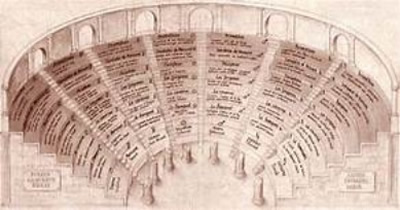
Giulio Camillo Memory Palace
Over time, the concept of the memory palace evolved. St. Augustine explicitly wrote about his challenges searching for and not quite finding God everywhere within his memory. In medieval times churches began incorporating paintings and frescoes designed to evoke memories, worship, and righteous behavior – the “corporeal similitudes of subtle and spiritual intentions.” (Yates 1966) In the 14th century Dante created one of the greatest memory palaces in literature through his Divine Comedy, depicting travels through the various levels of hell, purgatory, and heaven. In the 16th century, we find the first explicit attempts to create an actual memory palace. Giulio Camillo claimed to have made a small building that a person would enter and be instantly flooded with memories and knowledge of all times.
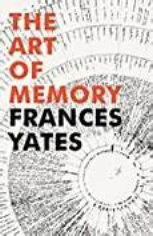
The theory and practice of the art of memory then played a role in the writings of Ficino, Lull, and Giordano Bruno, who wrote of memory as the art “by which we may become joined to the soul of the world.” All this and more is explored in great detail in Frances Yates’ masterpiece of alternative intellectual history, The Art of Memory.
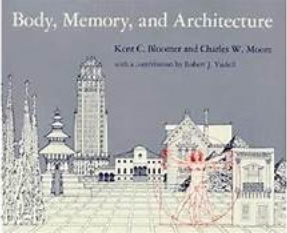
In the 20th century, the idea of constructed places triggering memory and inner knowing was embodied in the writings and architecture of Charles Moore. Moore was deeply affected by the idea that all structures, whether natural or human-made, had the capacity to evoke memory and knowledge. His books Body, Memory and Architecture and Chambers for a Memory Palace elaborate on this notion.
Jeff and I were intrigued and inspired by this notion of memory palaces. As we explored our own bodies, our memories, and our clinical experiences, we asked ourselves, “Could the body itself be a memory palace?” After all, within us live all our memories, all our learning, all our lives. Do we not walk through this memory palace every time we lay our hands on the human body? And if so, what memories–ancient or recent – are carried within and reflected in our bones? When we say, “I just know it in my bones,” is that merely a figure of speech? What might our bones tell us – of ancient lives on the plain, of the evolution from walking on all fours to two-legged locomotion, about the role bones play in the balancing of human structure and energy?
So in this book that is to be published by Singing Dragon next February, we will welcome you and all readers to the memory palace! We hope you will enjoy the exploration, and that the messages and memories of the bones will speak to you and deeply support your wisdom, your memories, your lives, and your health.
Acknowledgement Citation
Some of the material in this article is excerpted with permission from the Introduction to “The Memory Palace of Bones.” Here is a link to the forthcoming book: https://www.handspringpublishing.com/product/the-memory-palace-of-bones.
References
Bloomer, K. & Moore C. (1977) Body, Memory and Architecture. New Haven: Yale University Press. 1977.
Lyndon, D. & Moore, C. (1994) Chambers for a Memory Palace. Cambridge, Ma. MIT Press. 1994.
Yates, F. (1966) The Art of Memory. Chicago: University of Chicago Press. 1966.
About the Co-Authors
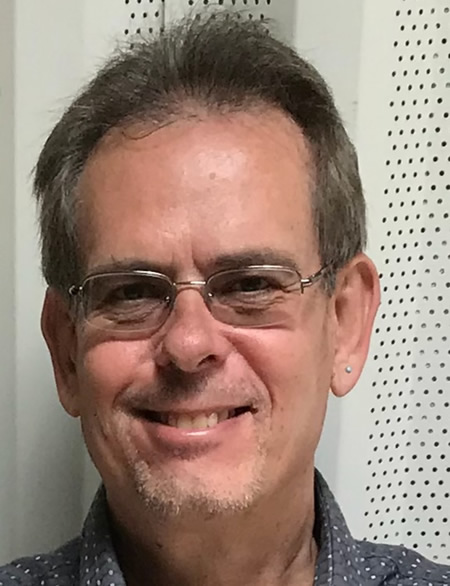
Dr Jeff Rockwell has been passionately involved in the fields of chiropractic, osteopathy and somatic psychology beginning in 1979. He has been active in the areas of education, research, clinical practice and publishing. Dr. Rockwell was Professor of clinical and chiropractic sciences for 11 years at Parker University in Dallas, TX. In 2016, he was named one of the chiropractic profession’s technique masters and was featured in a book of that title. Jeff makes his home in Marin county, in Northern California.
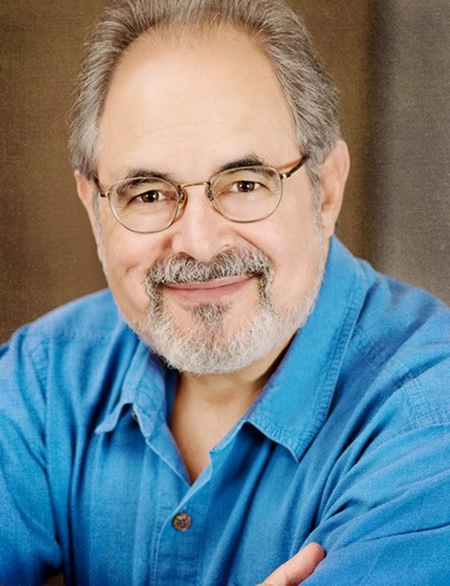
David Lauterstein LMT MTI Cert. ZB co-founded The Lauterstein-Conway Massage School in Austin, Texas in 1989. He has been a therapist and teacher for 40 years and is the author of Putting the Soul Back in the Body, The Deep Massage Book, and Life in the Bones: A Biography of Dr Fritz Smith and Zero Balancing. His background prior to bodywork was in music composition. His teaching and writings reflect this, emphasizing manual therapy as an art as well as a science.
Comments:
-
No Article Comments available